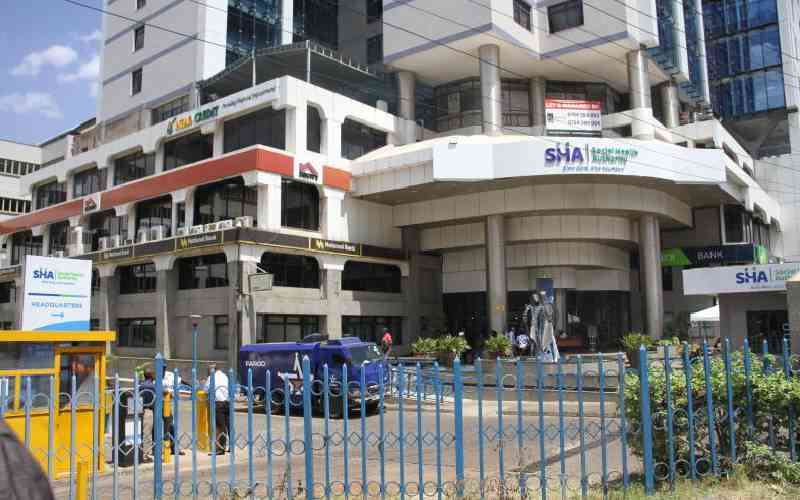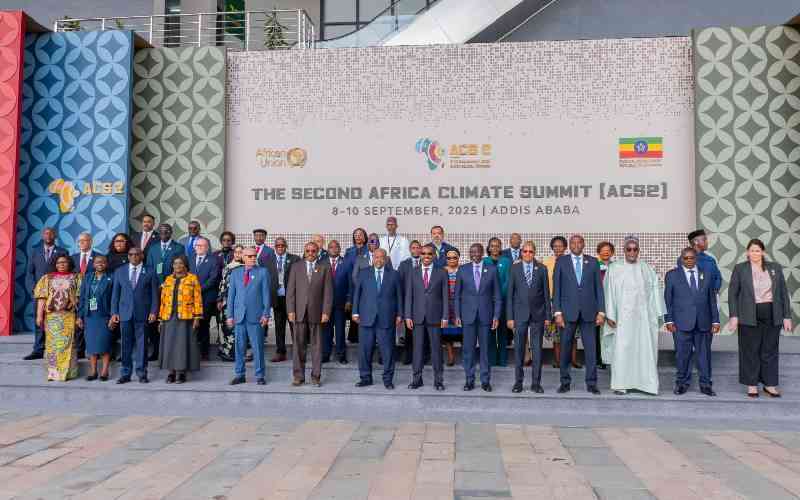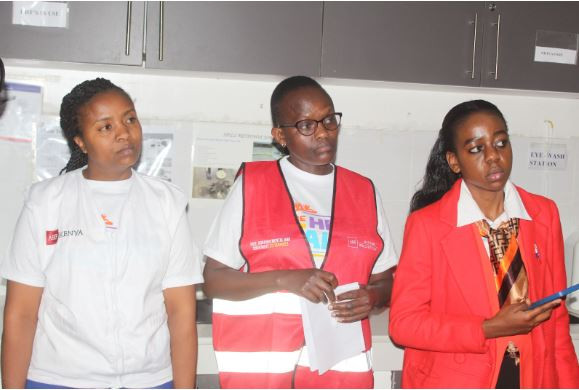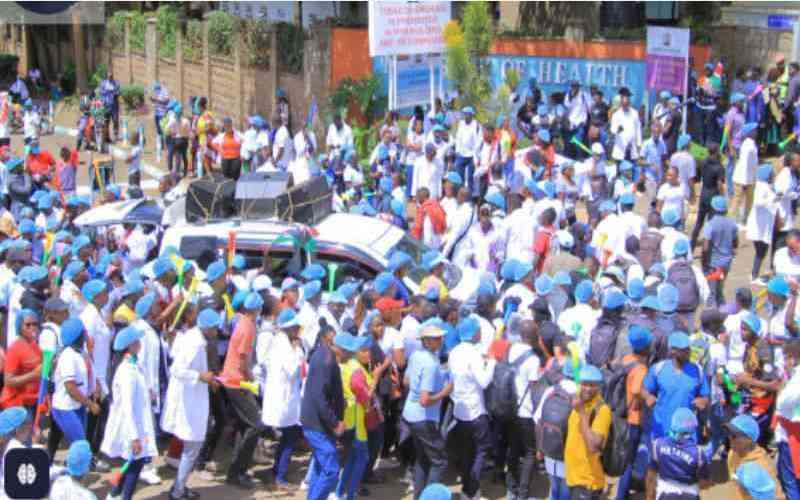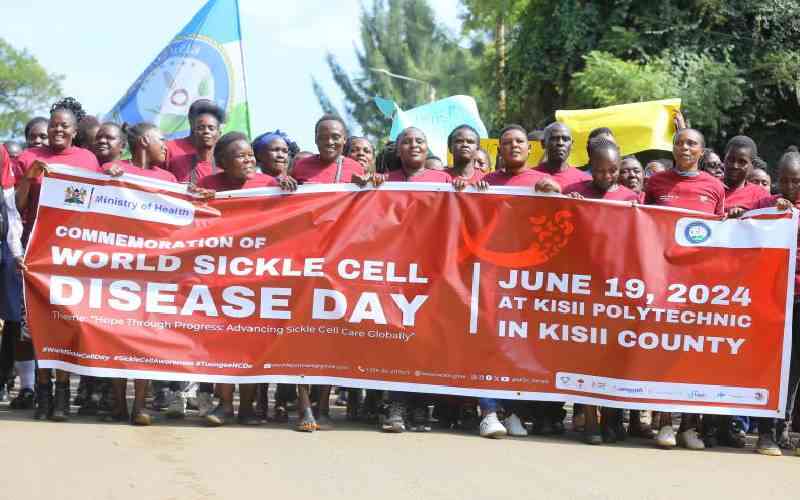
In the peri-urban sprawl of Githurai, Kiambu County, Oliver Njenga’s home is filled with the joyful laughter of his two-year-old daughter, Alma. She runs across the floor with boundless energy, a vibrant child born with Down Syndrome.
“Alma is my only daughter, and her diagnosis has shaped my life in ways I never imagined,” says Njenga.
“It’s a journey of challenges, but also immense love and learning.”
Down Syndrome occurs when an individual has an extra copy of chromosome 21, affecting development. Globally, about one in every 700 births results in a child with this condition. While the exact cause remains unclear, early signs—such as distinct facial features and developmental delays—are often noticeable.
For Alma, traits like slanted eyes, a flatter nasal bridge, and short fingers were evident at birth.
“There is no cure, so management focuses on addressing associated health complications,” explains D Katherine Oyieke, a pediatric neurologist in Nairobi.
“A multidisciplinary approach and early intervention are crucial.”
Children with Down Syndrome require regular assessments, including vision, hearing, heart, immune system, and hormonal checks.
“We aim to ensure they get the best start in life,” says Dr Oyieke.Despite the absence of a cure, scientific advancements provide hope.
In a groundbreaking study, researchers in Japan successfully used CRISPR-Cas9 gene-editing technology to remove the extra chromosome 21 from lab-grown human cells.
The discovery, published in PNAS Nexus, marks a major step in potential treatments.
“This approach shows promise but is far from ready for use in living organisms,” cautions Dr Oyieke.
“Significant technical and ethical challenges remain before it can be applied to humans.”
Gene editing involves precisely cutting DNA, allowing the cell to repair itself. While it has been used to treat genetic conditions like sickle cell anaemia, applying it to Down Syndrome is far more complex.
“It’s not just about fixing one gene,” explains Dr Oyieke. “Down Syndrome affects 326 genes on chromosome 21—editing that entire package is a monumental challenge.”
Ethical concerns also arise. Experts warn against the misuse of gene editing for “designer babies,” selecting specific genetic traits. The World Health Organization (WHO) acknowledges the technology’s potential but stresses the need for ethical oversight.
For families like the Njengas, the immediate focus is on providing comprehensive care. “Support systems are critical,” says Dr Oyieke.
 The Standard Group Plc is a multi-media organization with investments in media
platforms spanning newspaper print
operations, television, radio broadcasting, digital and online services. The
Standard Group is recognized as a
leading multi-media house in Kenya with a key influence in matters of national
and international interest.
The Standard Group Plc is a multi-media organization with investments in media
platforms spanning newspaper print
operations, television, radio broadcasting, digital and online services. The
Standard Group is recognized as a
leading multi-media house in Kenya with a key influence in matters of national
and international interest.

